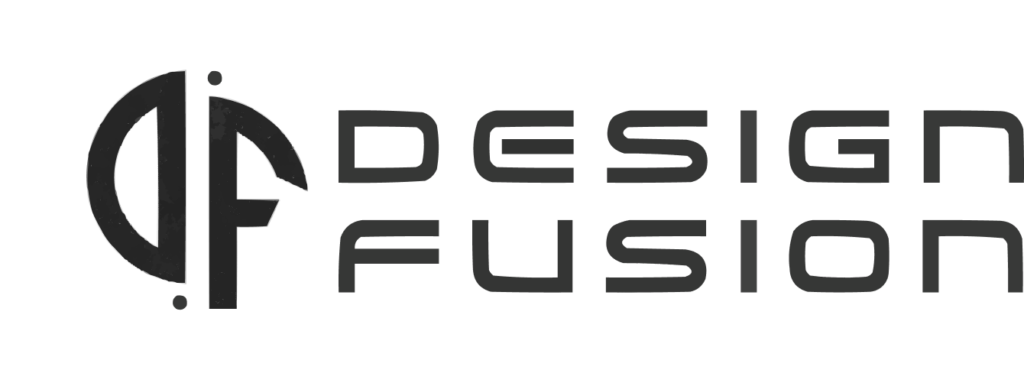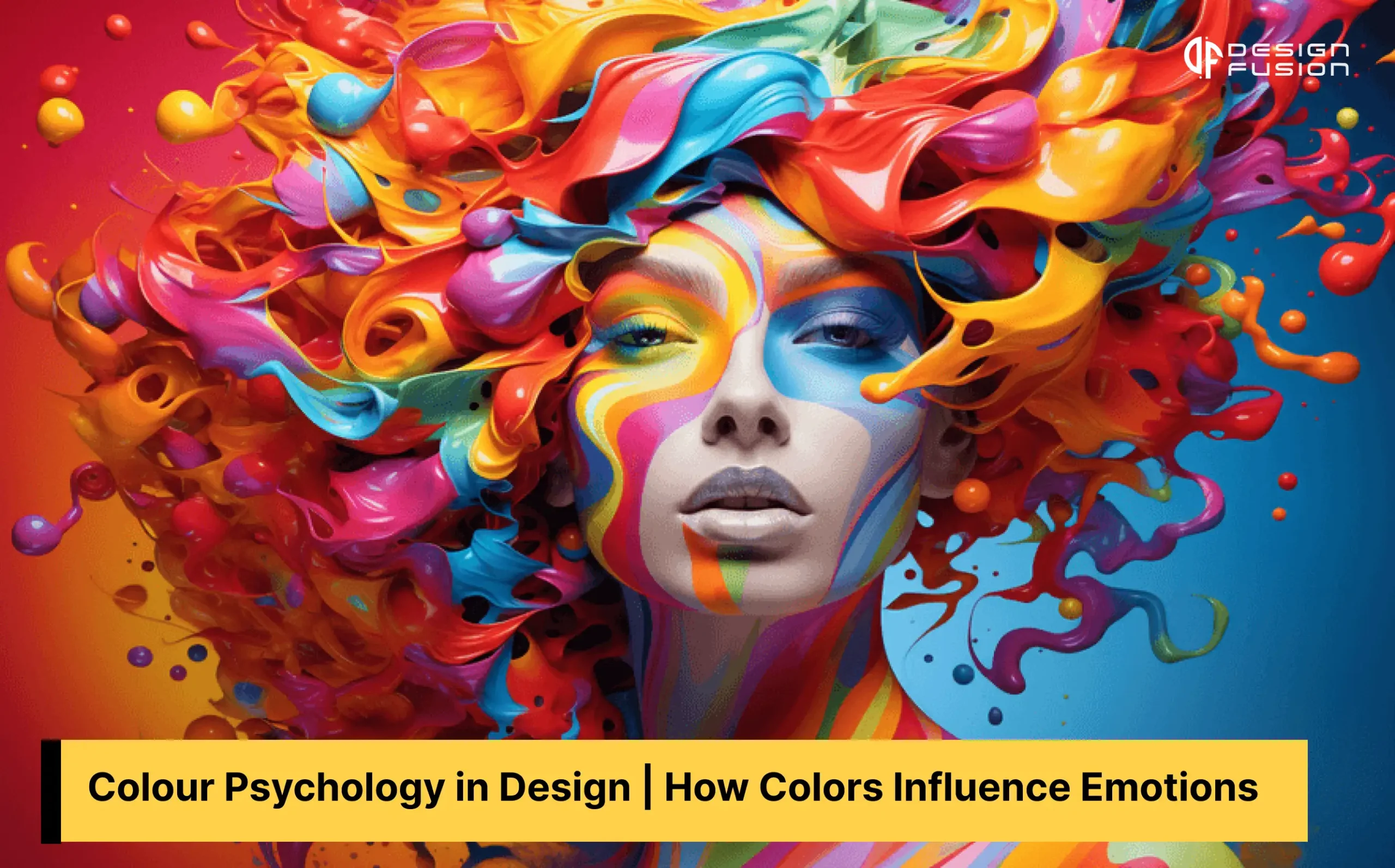Colors are everywhere, and they have the power to influence how we feel. In design, colors play an important role in creating emotions and setting the tone of a website, logo, or advertisement. Understanding color psychology can help designers choose the right colors to create the desired mood and experience for users.
In this blog, we’ll explain how colors influence emotions and how you can use them effectively in design.
What is Color Psychology?
Colour psychology is the study of how colours affect human feelings and behaviour. Different colours have different meanings and evoke different emotions. For example, red can make us feel excited or alert, while blue can make us feel calm or relaxed. Designers use this knowledge to create visuals that communicate the right message.
How Colors Influence Emotions
Here are some common colors and the emotions they are often associated with:
1. Red
- Meaning: Energy, passion, excitement
- Uses: Red is often used to grab attention. It’s common in sales banners, warnings, and food branding because it can stimulate appetite and urgency.
- Example: Coca-Cola’s red branding creates a feeling of excitement and joy.
2. Blue

- Meaning: Calm, trust, security
- Uses: Blue is popular in corporate designs and healthcare because it conveys trust and reliability.
- Example: Facebook and LinkedIn use blue to create a sense of connection and trust.
3. Yellow
- Meaning: Happiness, warmth, optimism
- Uses: Yellow is often used in playful designs to evoke feelings of joy and energy.
- Example: McDonald’s uses yellow to promote happiness and friendliness.
4. Green

- Meaning: Nature, health, growth
- Uses: Green is common in designs related to the environment, health, and finance.
- Example: Starbucks’ green logo represents freshness and growth.
5. Black

- Meaning: Elegance, power, sophistication
- Uses: Black is often used in luxury branding and fashion.
- Example: Chanel’s black logo symbolizes elegance and high-end style.
6. White

- Meaning: Simplicity, cleanliness, purity
- Uses: White is common in minimalist designs and healthcare branding.
- Example: Apple uses white to convey simplicity and innovation.
7. Orange
- Meaning: Fun, enthusiasm, warmth
- Uses: Orange is often used in entertainment and food brands to evoke energy and friendliness.
- Example: Fanta uses orange to promote a fun, vibrant feel.
How to Use Colors Effectively in Design
1. Match Colors to Your Message
Choose colors that align with the feelings you want to create. For example:
- Use red or orange for urgency and excitement.
- Use blue or green for trust and calmness.
2. Understand Your Audience
Different cultures have different meanings for colors. Research your audience to avoid using colors that might send the wrong message.
3. Create Contrast
High contrast between colors improves readability and draws attention. Use light text on dark backgrounds or dark text on light backgrounds.
4. Limit Your Color Palette
Too many colors can be overwhelming. Stick to a limited color palette to create a cohesive design.
5. Consider Accessibility
Make sure your design is accessible to people with color vision deficiencies. Use tools to check color contrast and ensure everyone can read your content.
Examples of Color Combinations
Here are some common color combinations and their effects:
Blue and White: Trust and simplicity (used by healthcare and tech companies).
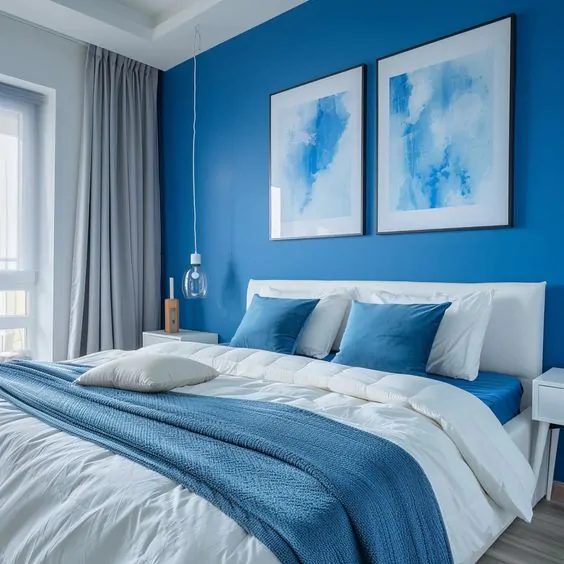
Red and Yellow: Energy and happiness (used in food branding).
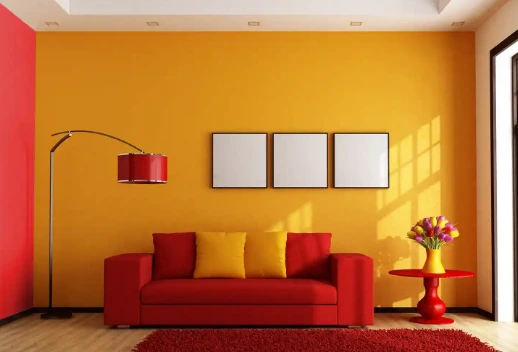
Black and Gold: Luxury and sophistication (used in premium products).
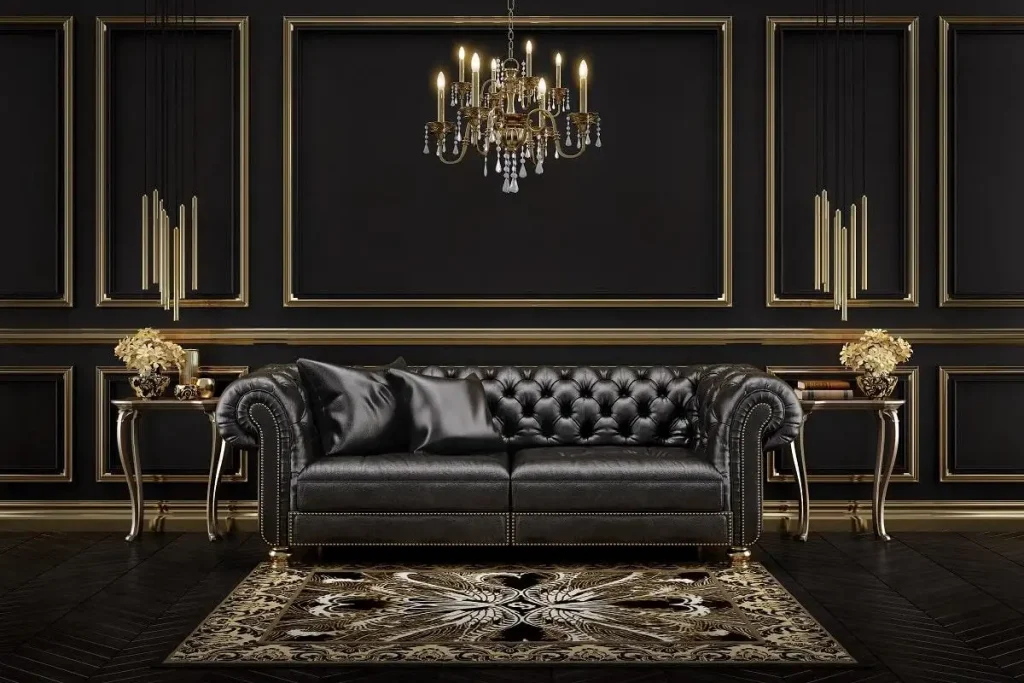
Conclusion
Colors have a powerful impact on how people feel and react. By understanding color psychology, designers can make smarter choices to create effective and meaningful designs. Whether you want to convey excitement, trust, or calmness, choosing the right colors can make all the difference.
Looking to elevate your brand’s design? Contact us today for creative and impactful solutions that will set you apart!
